Home>Articles>How Much Water Is Used In Stacked Washer And Dryer
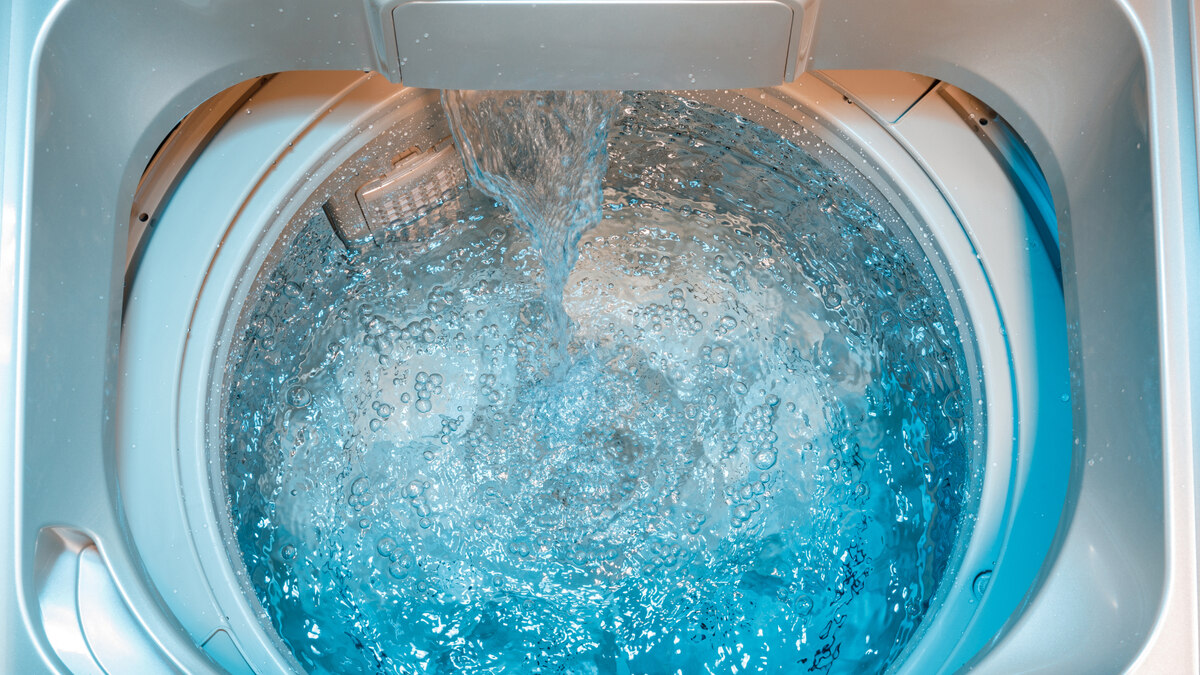

Articles
How Much Water Is Used In Stacked Washer And Dryer
Modified: February 28, 2024
Discover how much water is used in stacked washer and dryer systems with this informative article. Learn about water-saving features and compare models to choose the best option for your home.
(Many of the links in this article redirect to a specific reviewed product. Your purchase of these products through affiliate links helps to generate commission for Storables.com, at no extra cost. Learn more)
Introduction
Stacked washer and dryer units have become a popular choice for many households, especially those with limited space. These compact laundry appliances offer convenience and efficiency by combining a washer and a dryer into a single unit that can be stacked on top of each other. However, one important factor to consider when using stacked washer and dryer units is their water usage.
Water usage plays a crucial role in not only the efficiency of the appliances but also in minimizing environmental impact. Understanding how much water is used in stacked washer and dryer units can help homeowners make informed decisions when it comes to choosing and operating these machines.
In this article, we will delve into the topic of water usage in stacked washer and dryer units, exploring factors that affect water consumption and providing tips on how to reduce water usage.
Key Takeaways:
- Stacked washer units are designed to be water-efficient, using features like load sensing technology and adjustable water levels to minimize water consumption. By following water-saving tips, homeowners can reduce water usage without compromising cleanliness.
- Stacked dryer units do not use water during the drying process, but choosing an energy-efficient model and proper maintenance can contribute to sustainability and cost savings. Implementing water-saving techniques can significantly reduce water usage in the laundry routine.
Read more: How Much Is A Stacked Washer And Dryer?
Understanding Stacked Washer and Dryer Units
Stacked washer and dryer units are designed to save space in the laundry room by vertically stacking the washing machine on top of the dryer. This configuration allows homeowners to maximize the available space without compromising on the functionality of their laundry appliances.
These units are typically found in apartments, small homes, or other spaces where there isn’t enough room for separate washer and dryer machines. Stacked units come in different sizes and configurations, including front-loading or top-loading washers and vented or ventless dryers.
The washer component of a stacked unit is responsible for cleaning clothes by agitating them in water and detergent. It fills with water, washes the clothes, and then drains the dirty water before moving on to the rinsing and spinning cycles. The dryer component, on the other hand, dries the clothes using either heated air or condensation technology, depending on the type of dryer.
Stacked washer and dryer units are typically designed to be more water-efficient than traditional top-loading washers. They often use less water per cycle due to their smaller size and more advanced technology, making them an environmentally friendly option for laundry needs.
However, it’s important to note that specific models and brands may vary in terms of their water usage. Some units may employ innovative features such as load sensing and water level adjustment to optimize water consumption based on the size of the load, while others may have fixed water levels for each cycle.
Now that we have an understanding of what stacked washer and dryer units are, let’s delve into how much water they typically use.
Water Usage in Stacked Washer Units
The water usage in stacked washer units can vary depending on the specific model and settings. However, generally speaking, stacked washer units tend to use less water compared to traditional top-loading washers. This is mainly because these units are designed with efficiency in mind.
Front-loading stacked washers, in particular, are known for their water-saving capabilities. These machines use less water by incorporating a tumbling action to clean the clothes instead of agitating them. The clothes are lifted and dropped into the water, allowing for better water penetration and a more thorough wash.
Additionally, stacked washer units often come equipped with load sensing technology, which means they automatically adjust the water level based on the size of the load. This further reduces water consumption by ensuring that only the necessary amount of water is used for each cycle.
On average, a typical front-loading stacked washer unit can use anywhere from 10 to 25 gallons of water per load. However, it’s important to keep in mind that this can vary depending on factors such as the size of the load, the water level setting, and the specific model of the appliance.
To further optimize water usage in a stacked washer unit, it’s recommended to follow these water-saving tips:
- Make sure to select the appropriate water level setting for each load. Avoid using more water than necessary.
- Wait until you have a full load of laundry before running the washer. Running smaller loads wastes water and energy.
- Consider using the appropriate water temperature for each load. Cold water not only reduces water usage but also saves energy by minimizing the need for hot water heating.
- Pre-treat stains to avoid the need for heavy-duty washing cycles, which often require more water.
- Regularly clean the washer to prevent build-up and maintain its efficiency. A clean washer can operate more effectively, potentially reducing the need for extra cycles.
By following these tips and using the features and settings available on your stacked washer unit, you can minimize water usage without compromising on the cleanliness of your clothes.
Water Usage in Stacked Dryer Units
Unlike stacked washer units, stacked dryer units do not use water during the drying process. Instead, they rely on either heated air or condensation technology to remove moisture from the clothes and dry them effectively.
Heated air dryers are the most common type of stacked dryer units. These appliances use heated air to evaporate the moisture from the clothes, which is then expelled through a vent or exhaust system. The air used for drying is not recycled and does not require any water input.
On the other hand, ventless dryers are becoming more popular in stacked units, especially in situations where venting is not possible. These dryers use condensation technology to dry the clothes without the need for external venting. The moist air from the dryer is condensed, and the water is collected and drained out or stored in a container that needs to be emptied manually.
Overall, stacked dryer units do not consume any additional water during the drying process. However, it’s worth noting that the washing process in the stacked washer unit may have already used water to clean the clothes before transferring them to the dryer.
When selecting a stacked dryer unit, it’s essential to consider other factors such as energy efficiency, drying time, and the specific features that meet your needs. By choosing an energy-efficient dryer, you can minimize the environmental impact and potentially reduce utility costs.
Additionally, it’s important to properly maintain and clean the dryer to ensure optimal performance. Regularly removing lint from the filter and checking for any clogs or blockages will help the dryer operate efficiently, reducing the need for longer drying cycles and potentially saving energy.
While water usage is not a concern with stacked dryer units, being mindful of energy usage and choosing an efficient model can contribute to overall sustainability and cost savings in your laundry routine.
To save water when using a stacked washer and dryer, make sure to only run full loads of laundry. This will maximize the efficiency of each cycle and reduce overall water usage.
Factors Affecting Water Usage in Stacked Washer and Dryer Units
Several factors can influence the water usage in stacked washer and dryer units. Understanding these factors can help homeowners make informed decisions and optimize the water efficiency of their laundry appliances.
1. Load size: The size of the load being washed in the stacked washer unit plays a significant role in determining water usage. Using a larger-than-necessary load setting can result in excessive water consumption. It’s important to select the appropriate load size setting for each laundry load to minimize wasted water.
2. Water level settings: Most stacked washer units come with different water level settings, ranging from small to large. Choosing the right water level setting based on the size of the load is crucial in conserving water. Avoid using a high water level setting for small loads as this will unnecessarily increase water usage.
3. Cycle selection: Different wash cycles on stacked washer units have different water requirements. For example, heavy-duty or bulky item cycles may use more water to ensure thorough cleaning, while quick wash cycles may use less water but provide a shorter cleaning time. Selecting the appropriate cycle for each load can help optimize water usage.
4. Water-saving features: Many modern stacked washer units incorporate water-saving features such as load sensing technology or automatic water level adjustment. These features sense the size of the load and adjust the water level accordingly, ensuring that only the necessary amount of water is used. Taking advantage of these features can significantly reduce water consumption.
5. Water pressure: The water pressure in your home can impact the water usage in stacked washer units. Higher water pressure can potentially result in more water being used during the wash cycle. If you find that your water pressure is excessively high, consider installing a pressure regulator to control the flow of water and prevent wastage.
6. Water efficiency rating: When purchasing a stacked washer unit, it’s beneficial to look for models that have a higher water efficiency rating. Energy Star-certified appliances are designed to be more water-efficient, minimizing water waste. Checking the water efficiency rating can guide you to choose a unit that aligns with your sustainability goals.
By considering these factors and making conscious choices during the operation of your stacked washer and dryer units, you can effectively reduce water consumption, save energy, and contribute to a more sustainable laundry routine.
Read more: How To Use Stacked Washer Dryer
Ways to Reduce Water Usage in Stacked Washer and Dryer Units
Reducing water usage in stacked washer and dryer units not only helps conserve this precious resource but also reduces the environmental impact of your laundry routine. Here are some effective ways to minimize water consumption in these appliances:
1. Choose the appropriate load size: Use the correct load size setting on your stacked washer unit. Avoid running multiple small loads; instead, wait until you have a full load to maximize water efficiency.
2. Utilize load sensing technology: If your stacked washer unit has load sensing technology, make sure to activate it. This feature automatically adjusts the water level based on the size of the load, optimizing water usage.
3. Pre-treat stains: Pre-treating stains before washing can help you avoid the need for heavy-duty wash cycles. These cycles typically require more water. By pre-treating, you can reduce the need for excessive water usage while still ensuring effective stain removal.
4. Adjust water level settings: Pay attention to the water level settings on your stacked washer unit. If you consistently notice excess water after each cycle, consider selecting a lower water level setting for future loads.
5. Opt for shorter cycles: Choose the appropriate wash cycle for each load. Quick wash cycles typically require less water and can be used when dealing with lightly soiled clothing or smaller loads. Use longer cycles sparingly and only when necessary.
6. Avoid unnecessary rinses: Some stacked washer units offer multiple rinse options. Unless clothes are heavily soiled or require additional rinsing, opt for the minimum number of rinses to conserve water.
7. Use cold water when possible: Using cold water for washing can significantly reduce water usage. It also saves energy by eliminating the need to heat the water. Reserve hot water wash cycles for heavily soiled items or when sanitizing is necessary.
8. Reuse water when appropriate: Consider reusing graywater from previous laundry cycles for tasks such as watering plants or cleaning. Graywater is water that has been used for washing but is still suitable for other purposes that do not involve consumption.
9. Regularly maintain your appliances: Keep your stacked washer unit in optimal condition by performing regular maintenance. Clean the filter regularly to ensure proper water flow, as a clogged filter can result in inefficient water usage.
10. Stay up to date with efficient models: If you’re in the market for a new stacked washer and dryer unit, look for models that have high water efficiency ratings. Energy Star-certified appliances are designed to be more water-efficient, ensuring that you consume less water with each use.
By implementing these water-saving techniques, you can significantly reduce water usage in your stacked washer and dryer units, contributing to a more sustainable and eco-friendly laundry routine.
Conclusion
Understanding the water usage in stacked washer and dryer units is essential for homeowners looking to optimize their laundry routine’s efficiency and reduce water consumption. Stacked washer units are known for their water-saving capabilities, thanks to features like load sensing technology and adjustable water level settings. On the other hand, stacked dryer units do not use water during the drying process, relying on heated air or condensation technology instead.
Factors such as load size, water level settings, cycle selection, and water pressure can affect water usage in stacked washer units. By selecting the appropriate load size, utilizing water-saving features, and being mindful of water pressure, homeowners can minimize water waste. Additionally, pre-treating stains and choosing shorter cycles can further reduce water usage without compromising on laundry cleanliness.
In the case of stacked dryer units, water usage is not a concern during the drying process. However, choosing an energy-efficient model and properly maintaining the appliance can contribute to overall sustainability and cost savings in the long run.
To further reduce water usage in stacked washer and dryer units, it is recommended to follow water-saving practices such as using cold water when possible, reusing water for other purposes, and staying up to date with energy-efficient models. Regular maintenance of the appliances is also crucial for optimal performance and efficient water usage.
By implementing these strategies, homeowners can not only save on water consumption but also contribute to environmental conservation and lower utility costs. The combination of thoughtful appliance operation, water-saving features, and conscious decision-making can make a significant impact on water conservation in the laundry room.
In conclusion, with a better understanding of water usage, thoughtful use of features, and the adoption of water-saving practices, homeowners can maximize the efficiency of their stacked washer and dryer units while minimizing their environmental footprint.
Frequently Asked Questions about How Much Water Is Used In Stacked Washer And Dryer
Was this page helpful?
At Storables.com, we guarantee accurate and reliable information. Our content, validated by Expert Board Contributors, is crafted following stringent Editorial Policies. We're committed to providing you with well-researched, expert-backed insights for all your informational needs.
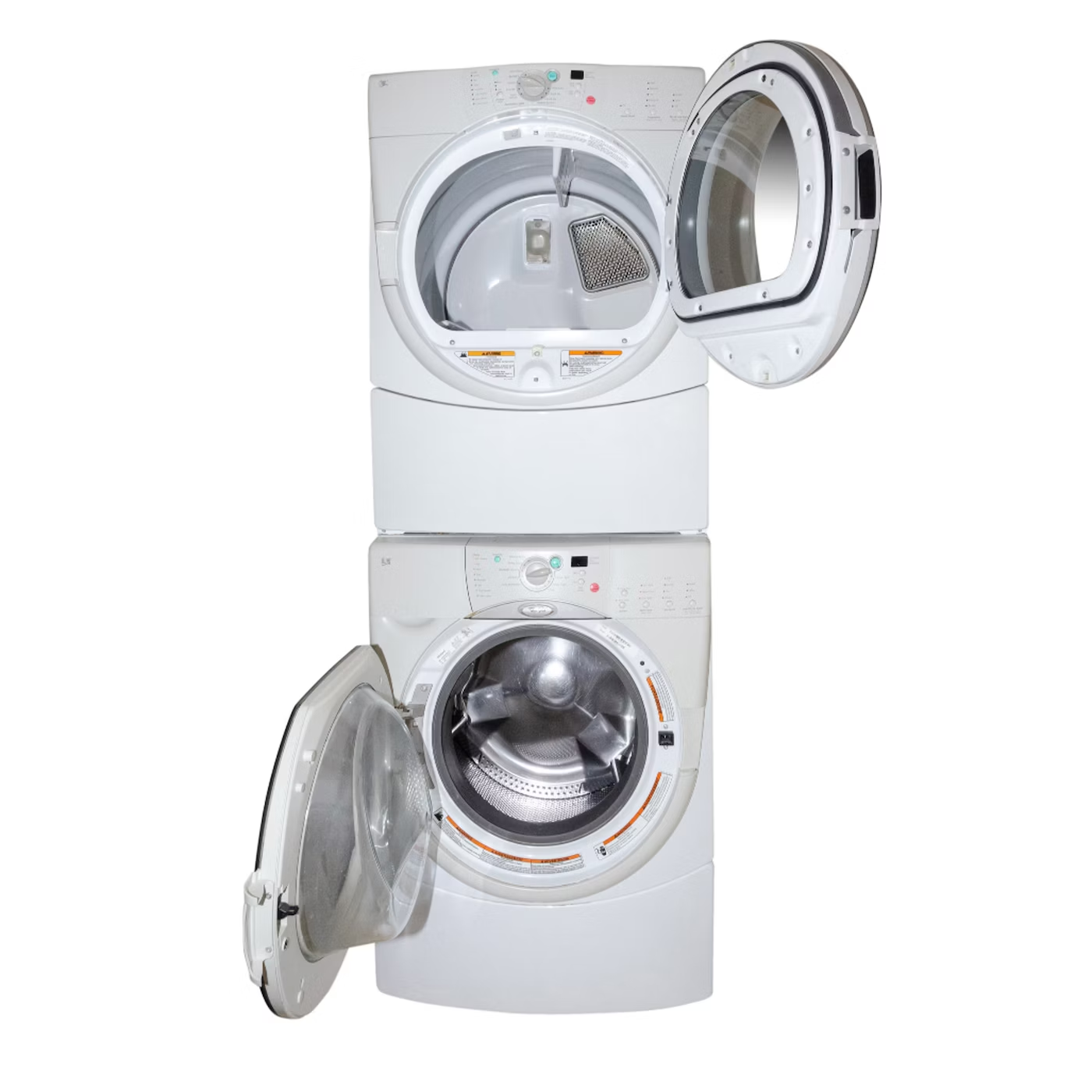
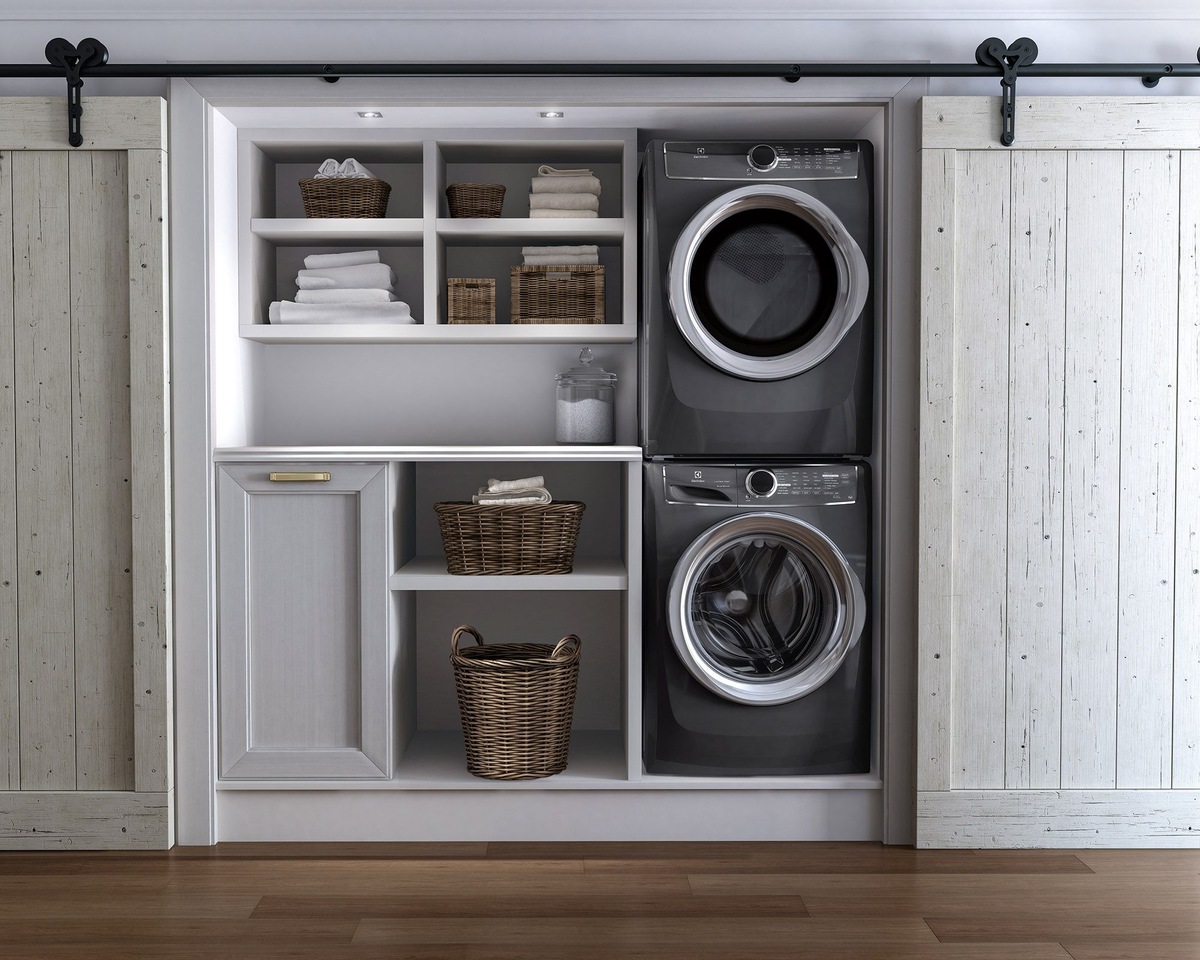

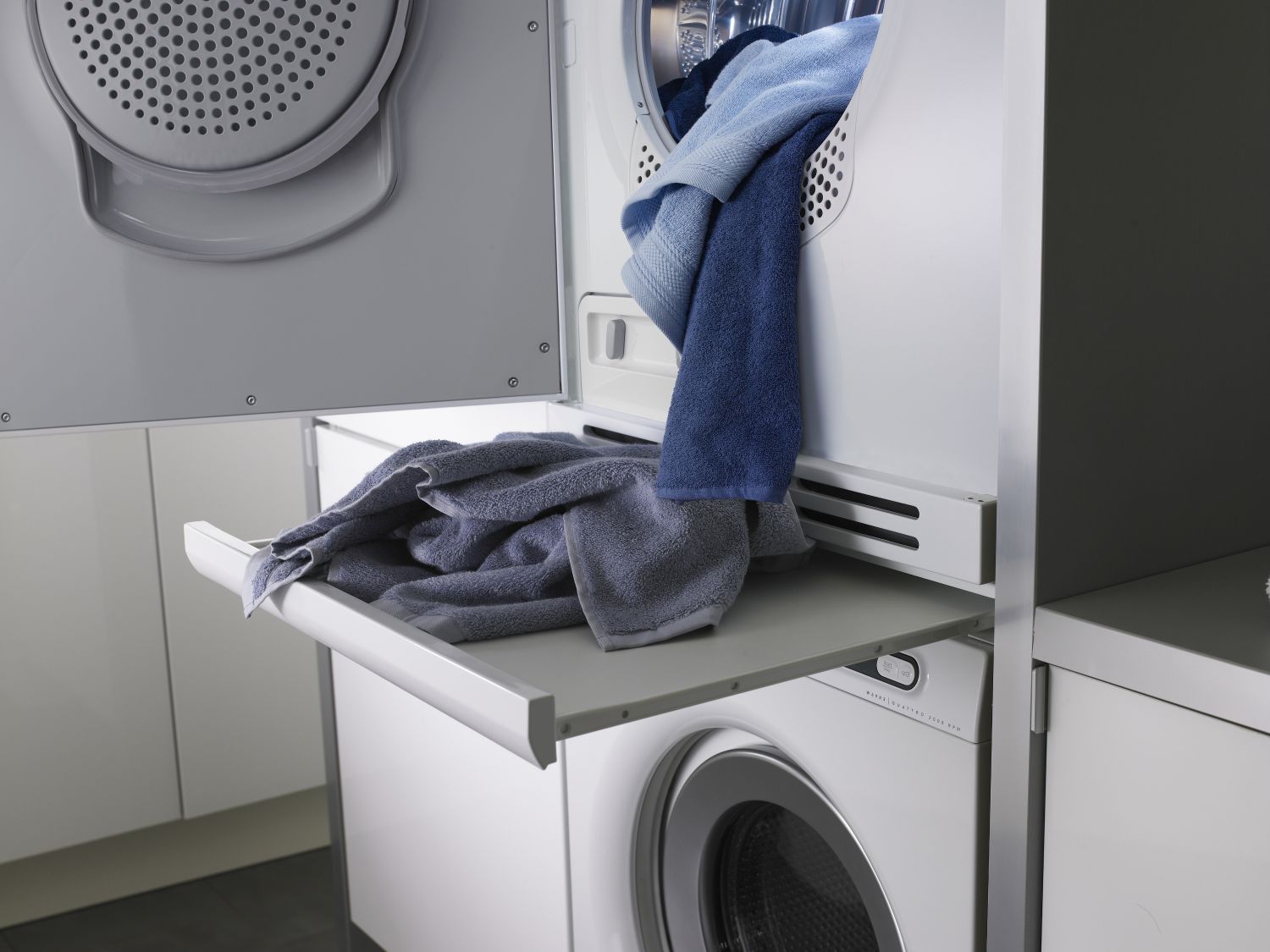
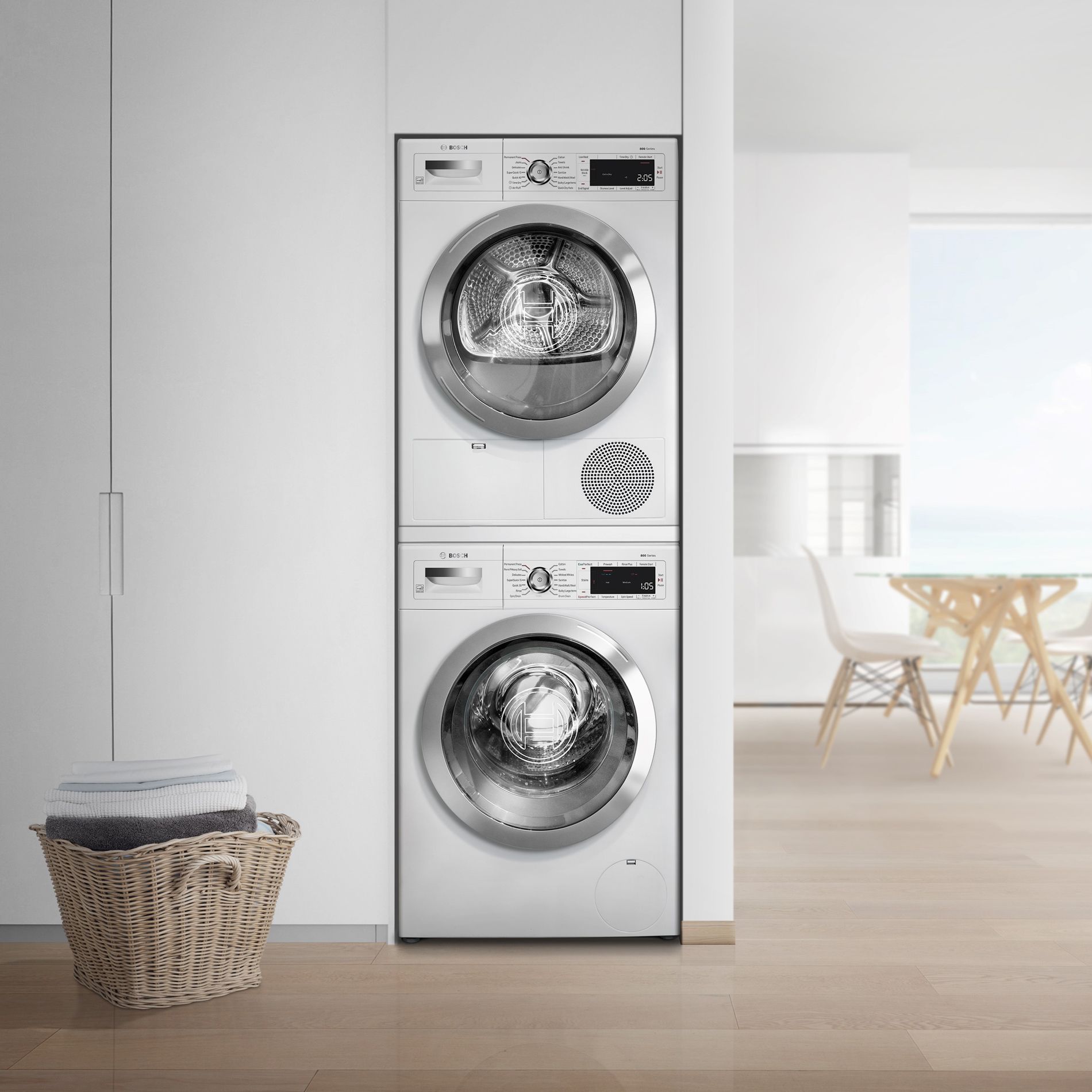
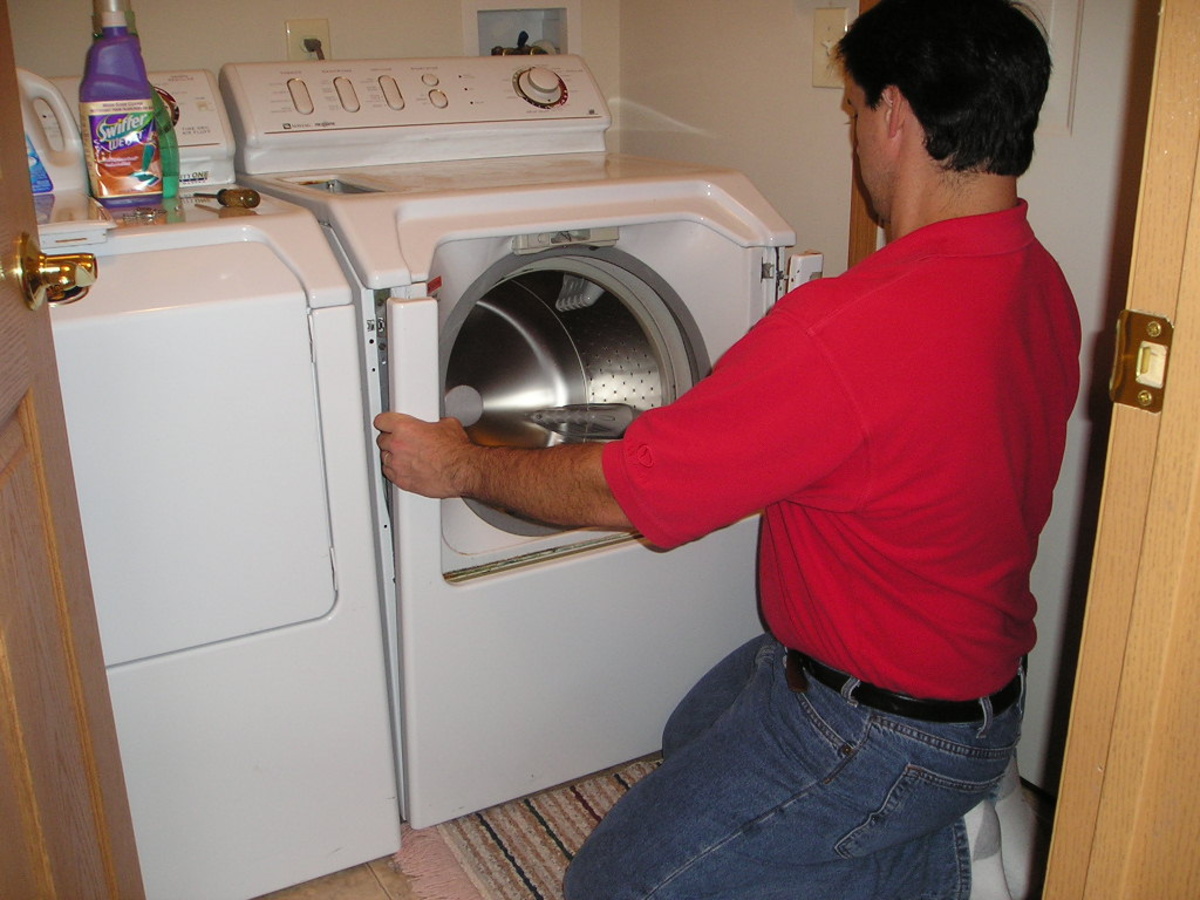
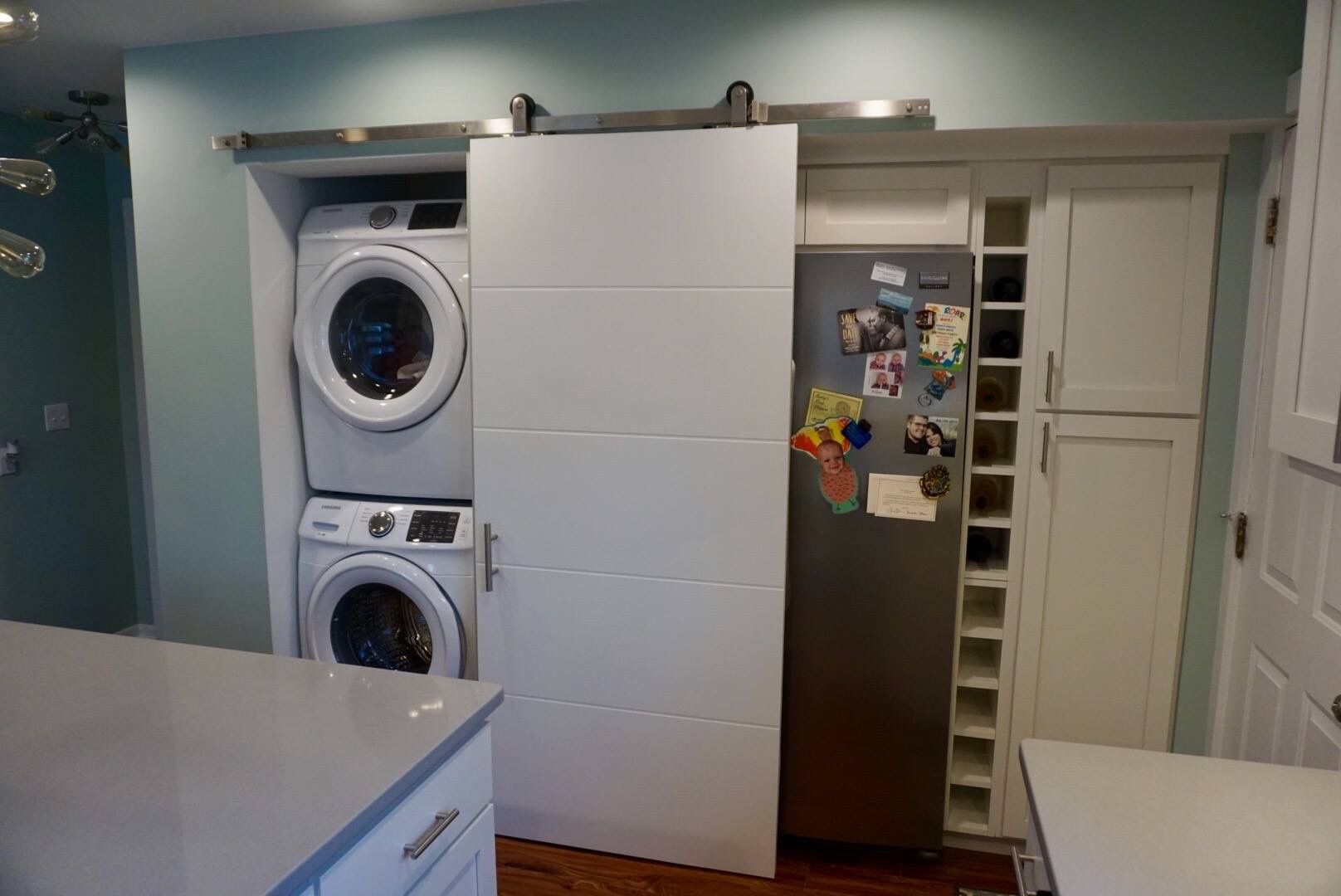
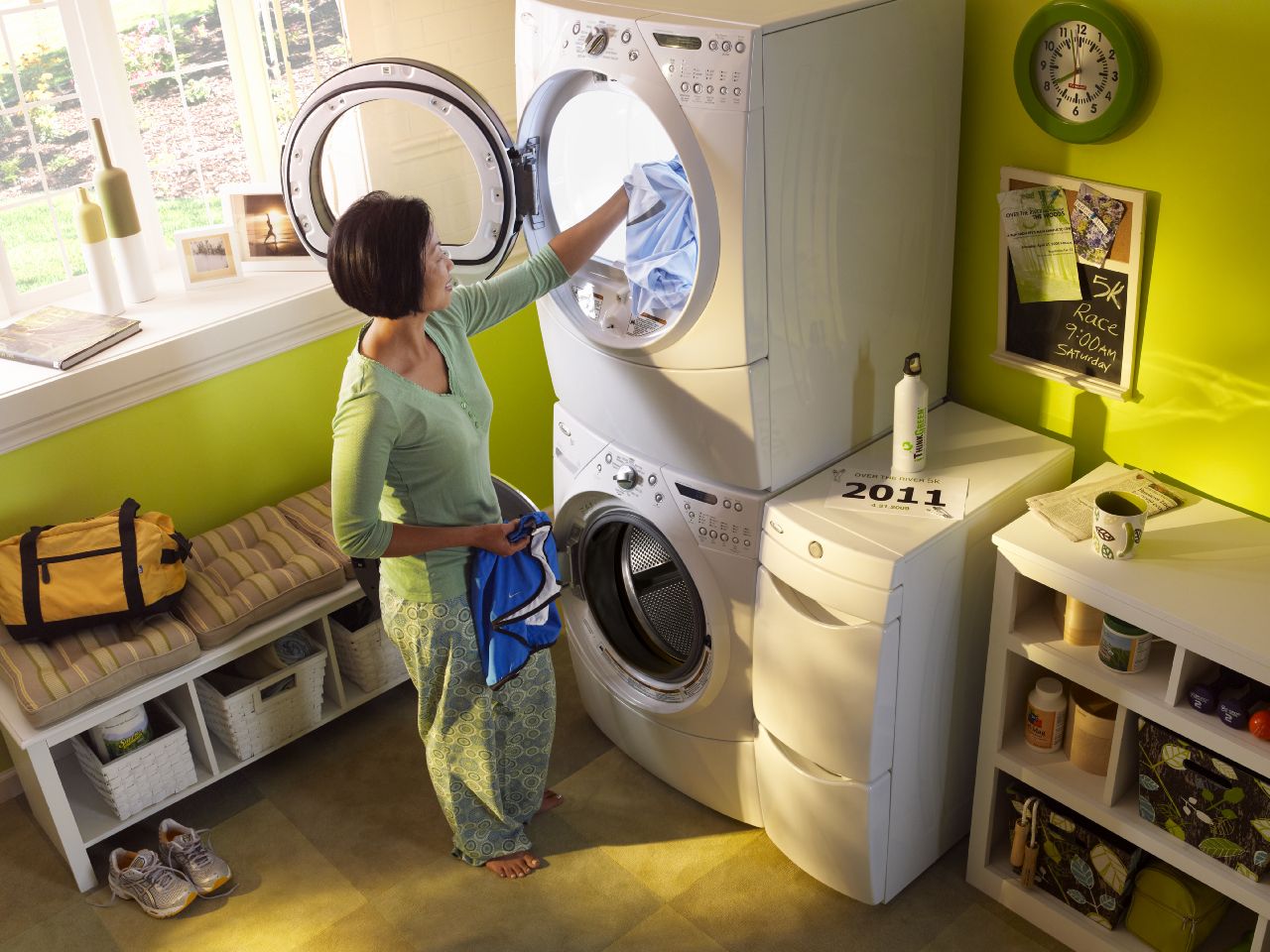
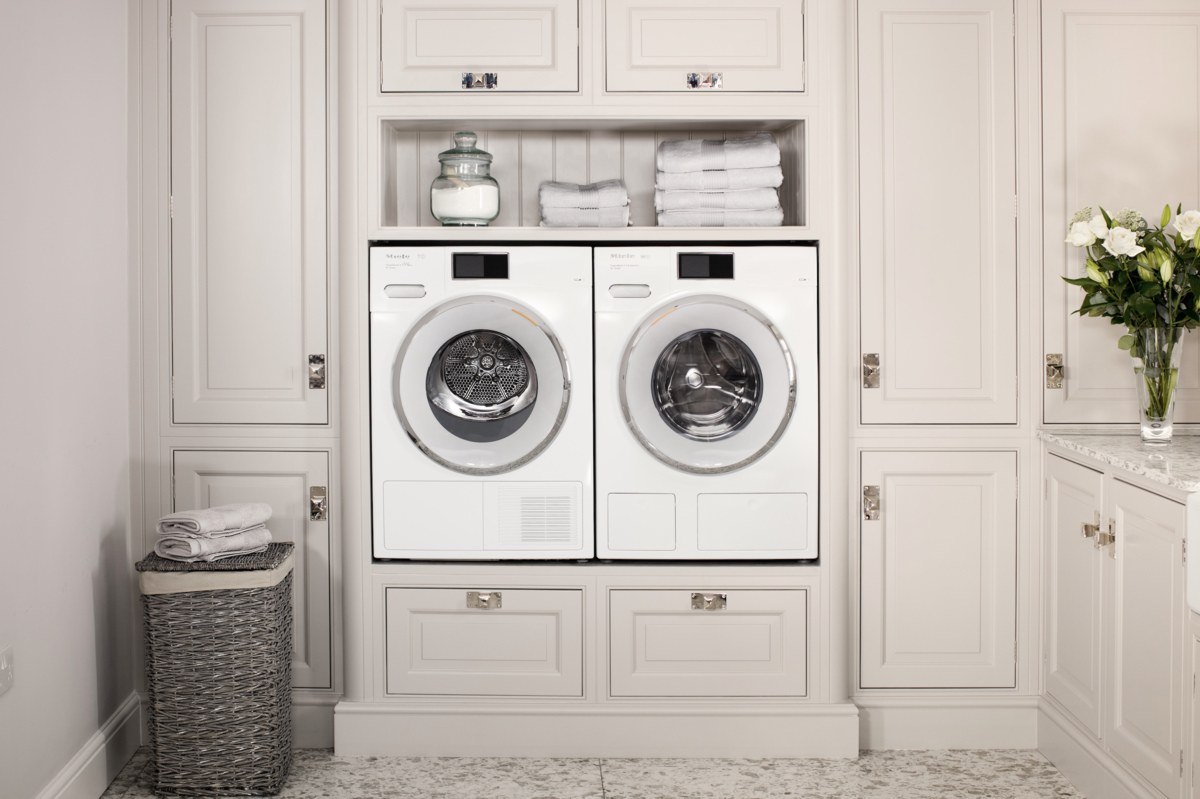
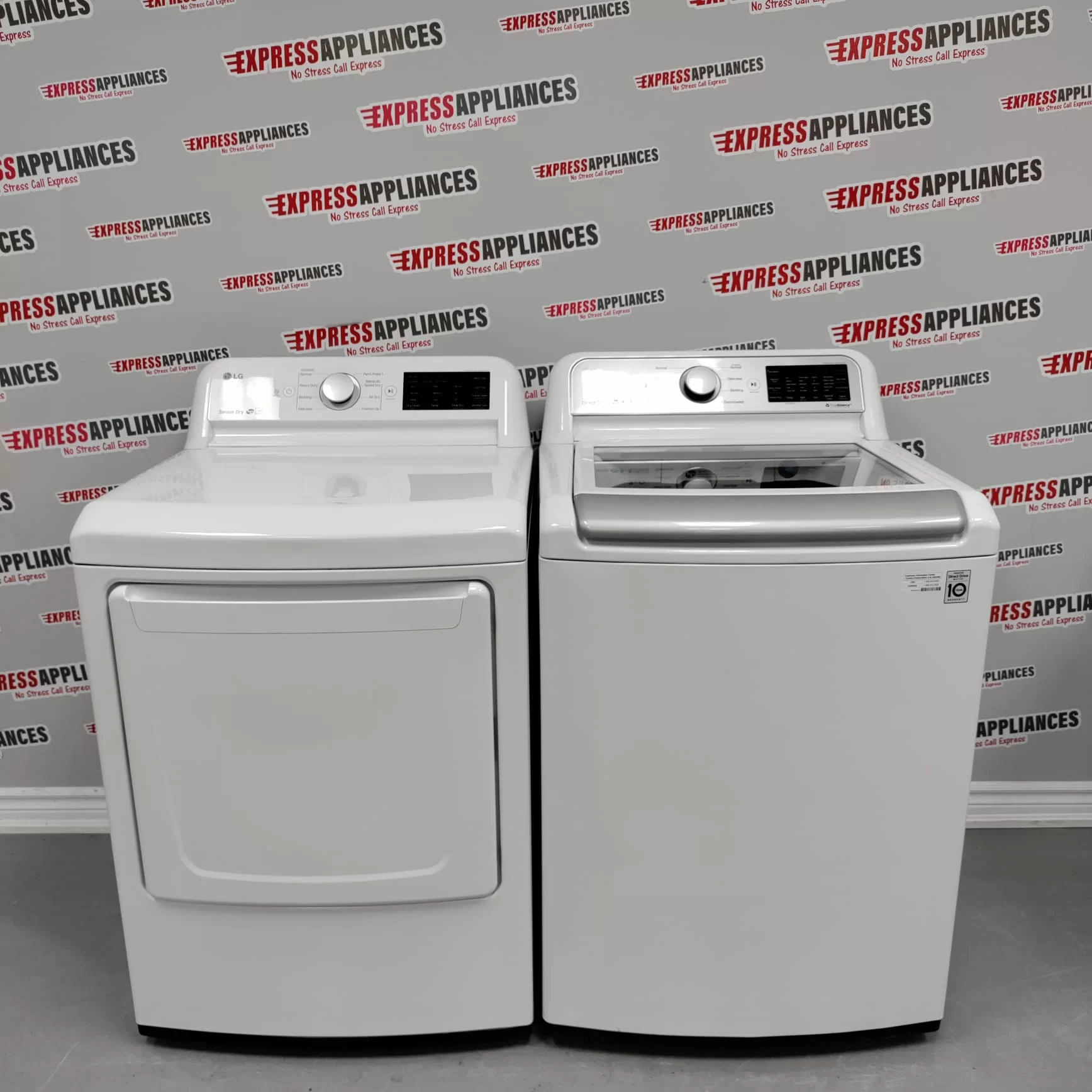
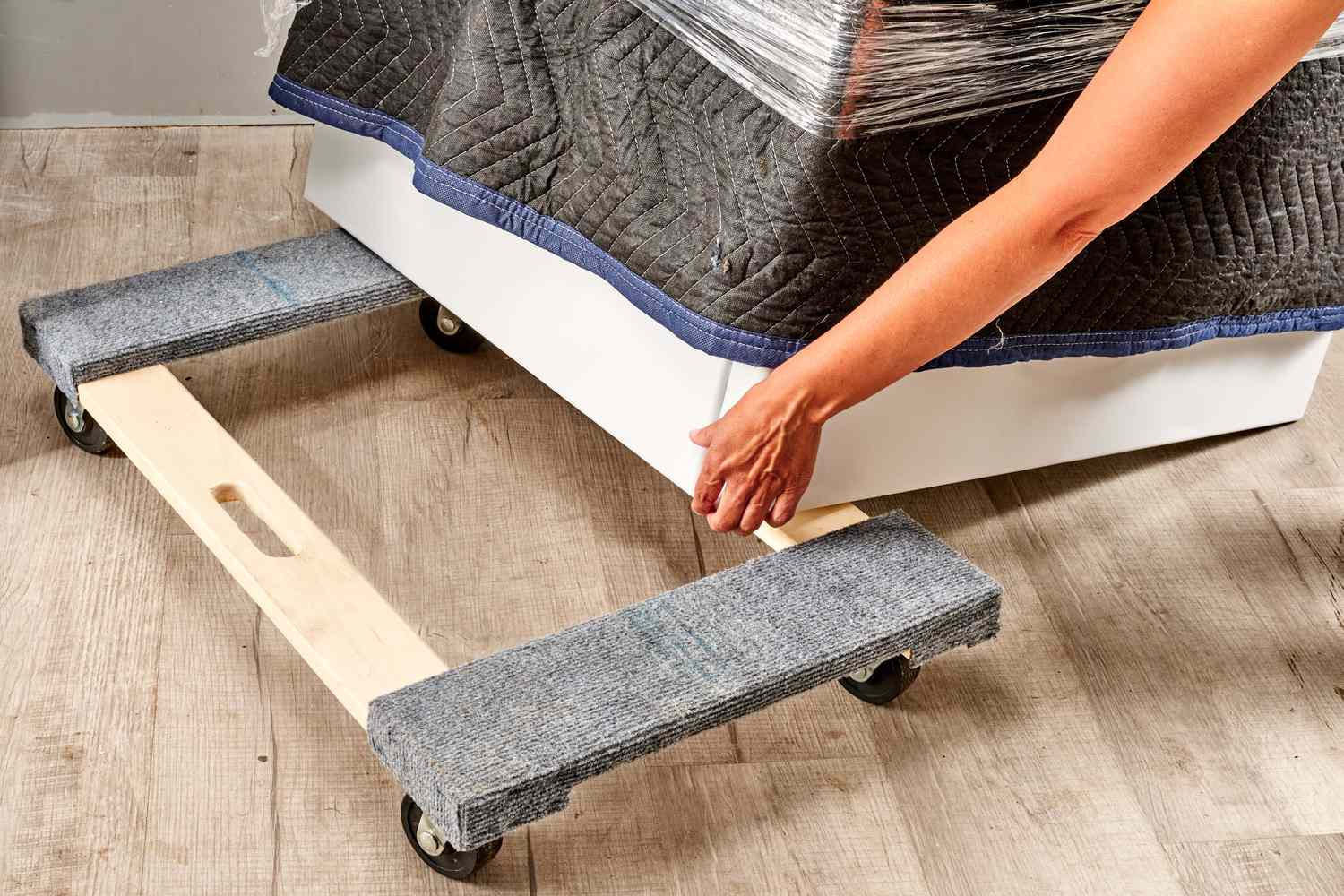
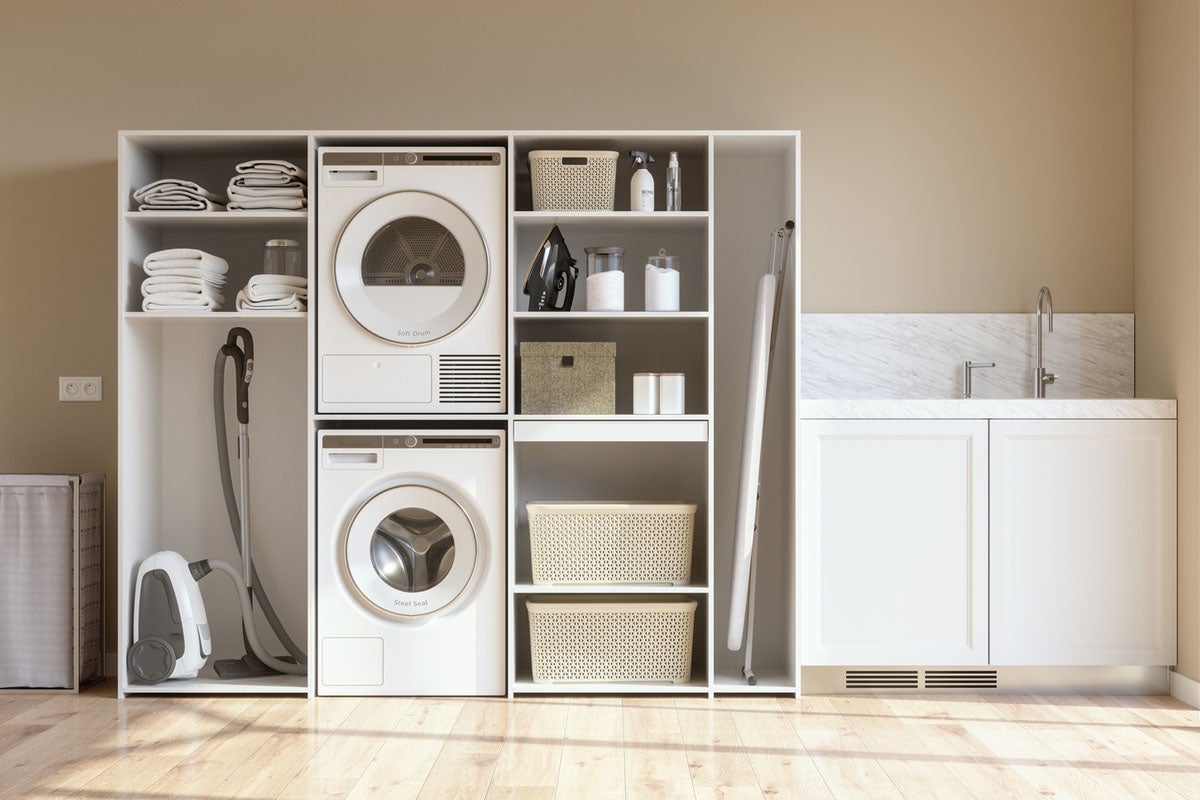

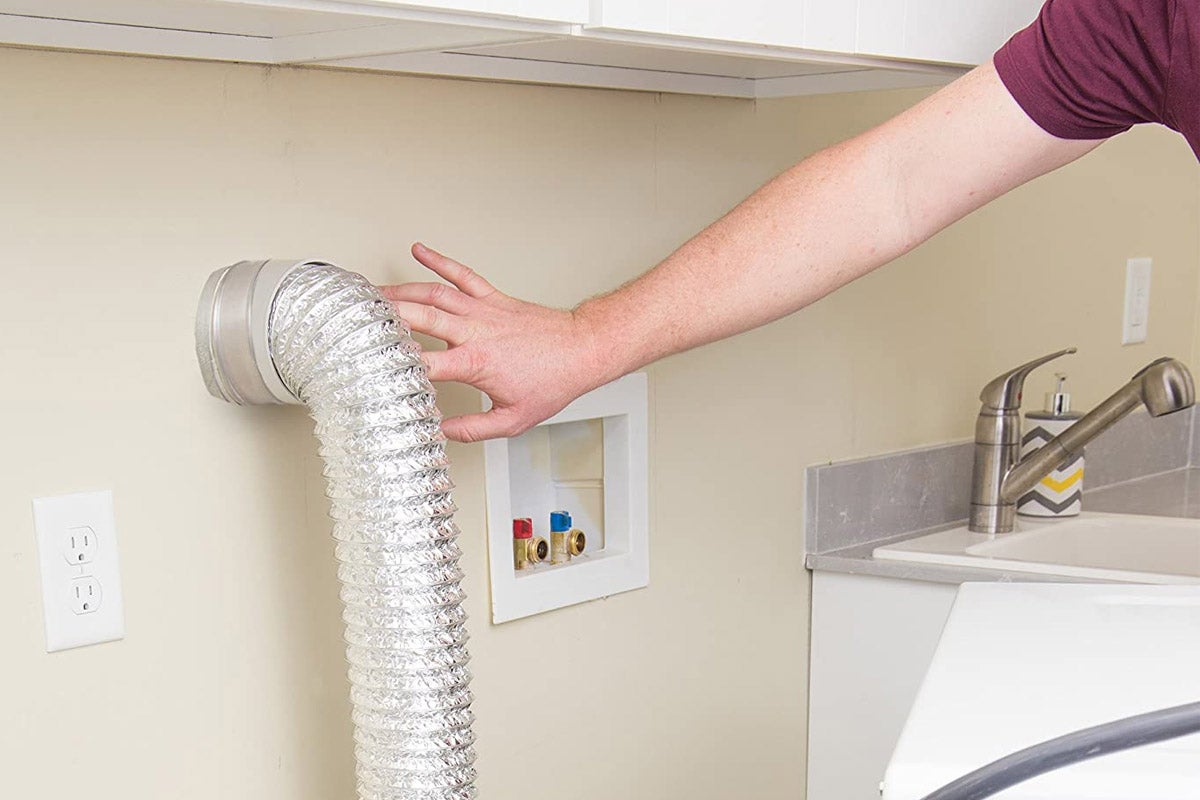

0 thoughts on “How Much Water Is Used In Stacked Washer And Dryer”